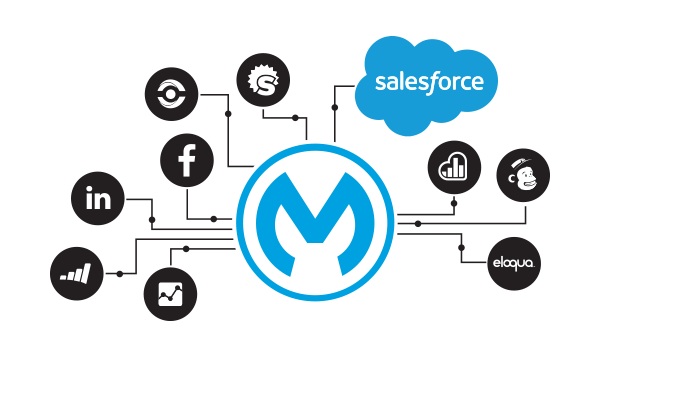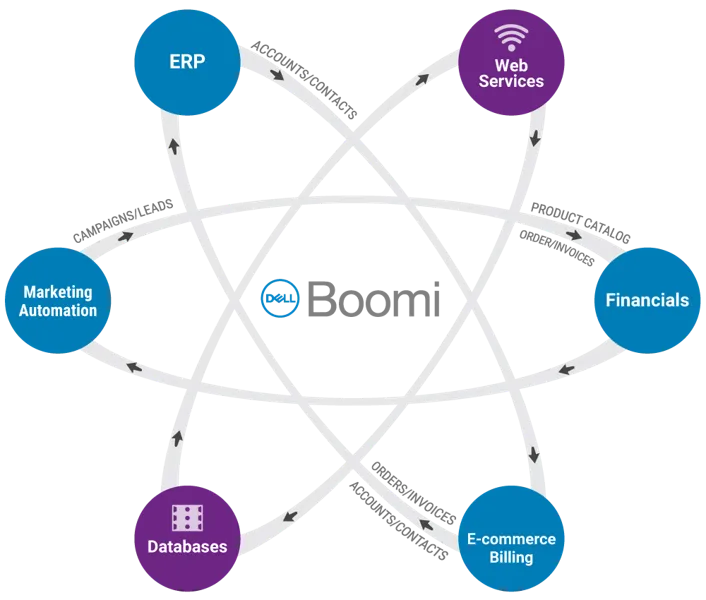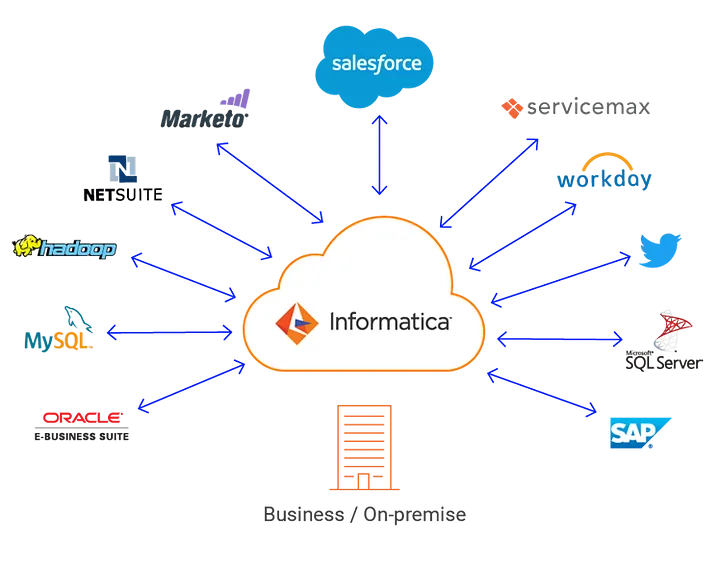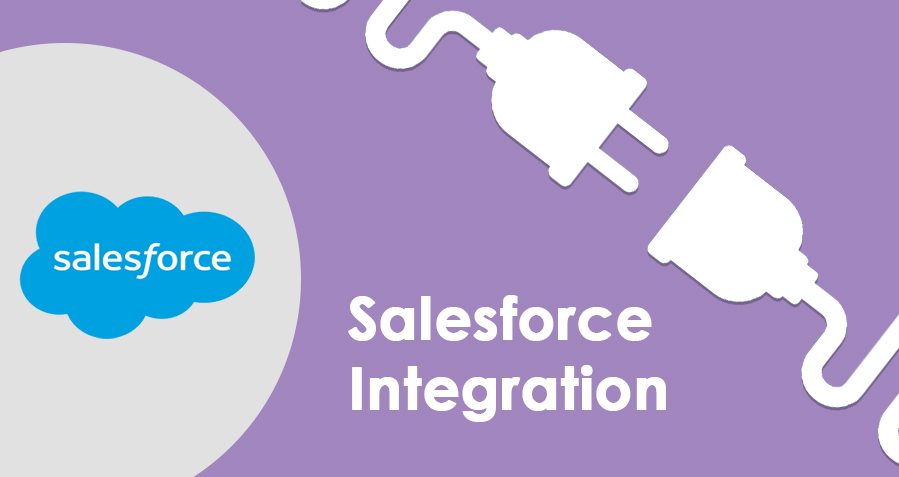In today’s interconnected business landscape, the ability to seamlessly integrate systems and data is a cornerstone of success. Salesforce Integration empowers organizations to unify data, automate processes, and enhance the user experience across various platforms. However, the complexities of integration can be daunting. This article aims to demystify Salesforce integration by exploring effective strategies and tools that enable organizations to unlock the full potential of their data and systems.
Understanding Salesforce Integration
Salesforce Integration involves connecting Salesforce with other applications, systems, and platforms to facilitate the exchange of data, streamline processes, and create a unified ecosystem. Integration eliminates data silos, enhances efficiency, and enables informed decision-making by providing a holistic view of customer interactions.
Strategies for Successful Salesforce Integration
1. Identify Integration Goals
Begin by defining the objectives of your integration project. Are you aiming to synchronize data between Salesforce and an ERP system? Or perhaps you want to automate lead data exchange between marketing platforms and Salesforce? Identifying clear goals helps shape the integration strategy.
2. Choose Integration Patterns
Salesforce supports various integration patterns, including point-to-point, hub-and-spoke, and event-driven architectures. Select the pattern that best aligns with your requirements. For instance, event-driven architectures using Salesforce Platform Events enable real-time data updates.
3. Prioritize Data Security
Maintain data security during integration by implementing secure authentication methods such as OAuth or Single Sign-On (SSO). Data encryption and role-based access control are essential to protect sensitive information.
4. Design Integration Flow
Map out the data flow and processes involved in the integration. Determine which data needs to be synchronized, how often, and in what direction. Documenting the integration flow helps prevent errors and ensures consistent data exchange.
5. Utilize Integration Middleware
Integration middleware platforms like MuleSoft, Dell Boomi, Informatica and Jitterbit offer pre-built connectors and tools for integrating Salesforce with a wide range of applications. These platforms simplify complex integration scenarios and reduce development time.



Salesforce Integration Paths
1. Salesforce Connect
Salesforce Connect allows you to seamlessly integrate external data sources like databases, ERP systems, and web services directly into Salesforce. This real-time integration provides a unified view of data without copying it into Salesforce.
2. Apex Integration Services
Salesforce’s native Apex integration services, such as REST and SOAP APIs, enable developers to build custom integrations tailored to specific business needs. These APIs offer flexibility and control over data exchange.
3. AppExchange Integration Apps
Salesforce AppExchange offers a plethora of integration apps that can be easily integrated into your Salesforce instance. These apps often come with pre-built connectors and configurations, accelerating integration projects.
4. Heroku Connect
Heroku Connect bridges the gap between Salesforce and Heroku. It synchronizes data between Salesforce and Heroku Postgres databases in real-time, facilitating seamless data integration.
5. External Data Sources
Salesforce External Data Sources allow you to access data stored outside Salesforce, such as data in other cloud platforms or databases. This data can be queried and presented within Salesforce.
Conclusion
Salesforce integration is a pivotal enabler of digital transformation, fostering collaboration, enhancing customer experiences, and boosting operational efficiency. By embracing effective integration strategies and leveraging the right tools, organizations can harness the power of connected systems, enabling data to flow seamlessly and unlocking new levels of business agility.
Thanks for reading!
Keep tuned for more in-depth information and tips on how to overcome integration challenges within your Org.

